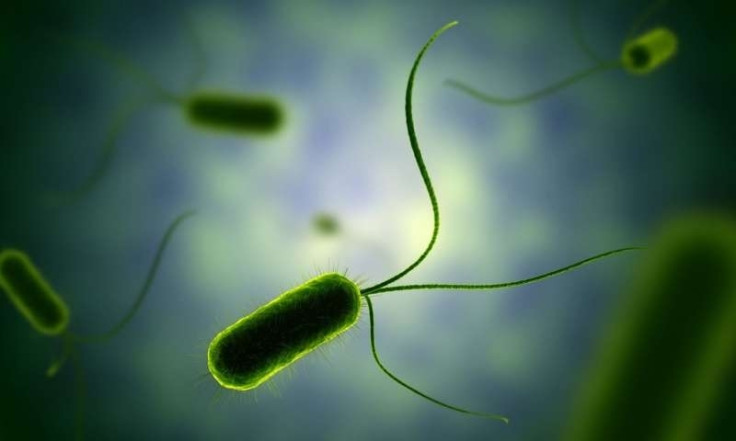Air-gen: Microbes that can generate electricity might be key to an emission-free future
These microbes were reportedly discovered more than three decades ago, along the shores of the Potomac River.
The never-ending search for renewable energy continues to perplex scientists. Cold-fusion still remains a theory and other sources of power still require fuel or use chemicals that can harm nature. Meanwhile, environmentalists are happy that big industries around the globe are making a conscious effort to reduce waste and are exploring several green alternatives. Even the automotive industry is gradually switching over to all-electric powertrains. A solution (called Air-gen) might be at hand as university researchers stumble upon a bacterium that can apparently generate electricity "out of thin air."
These microbes were reportedly discovered more than three decades ago, along the shores of the Potomac River. ScienceAlert describes it as a "sediment organism" which belongs to the genus Geobacter. An odd property exhibited by this type of bacteria is when it is subjected to the absence of oxygen. In the right conditions, it can produce magnetite which has interesting electrical properties.
Studies that were years in the making failed to come up with methods that can harness the aforementioned ability with practical applications. Thankfully, ongoing research finally bore fruit as scientists finally found a process that can take advantage of the bacteria's natural gift. The team behind the discovery labelled the technology Air-gen. "We are literally making electricity out of thin air," said Jun Yao, an electrical engineer from the University of Massachusetts Amherst.
He added: "The Air-gen generates clean energy 24/7." Even though his statement sounds ridiculous, the Geobacter in question (G. sulfurreducens in particular) makes use of a number of protein nanowires with electrically conductive properties. A thin film of these measures 7-micrometres thick. With the help of two electrodes on each side, it can allegedly draw moisture from the air.
"This charge diffusion is expected to induce a counterbalancing electrical field or potential analogous to the resting membrane potential in biological systems," explains the research team. "A maintained moisture gradient, which is fundamentally different to anything seen in previous systems, explains the continuous voltage output from our nanowire device," they added.

In its current state, the Air-gen can generate a sustained current that measures up to 0.5 volts along with a current density estimated at 17 microamperes per square centimetre. In the near future, the ideal scenario would see large-scale installations of these systems that can produce enough energy that will replace traditional power sources.
© Copyright IBTimes 2025. All rights reserved.





















